【Around the World in Eighty Days】Why celebrities are obsessed with Wagyumafia, a Japanese restaurant brand famed for $185 steak sandwich
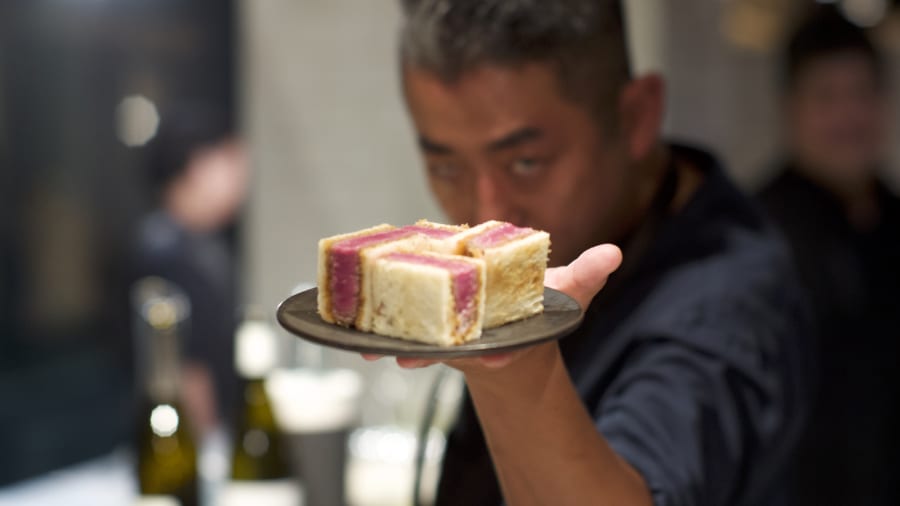 The Katsu Sando: Japanese restaurant brand Wagyumafia's world-famous $185 Chateaubriand steak sandwich -- dubbed the Katsu Sando -- is winning fans around the world.
The Katsu Sando: Japanese restaurant brand Wagyumafia's world-famous $185 Chateaubriand steak sandwich -- dubbed the Katsu Sando -- is winning fans around the world.
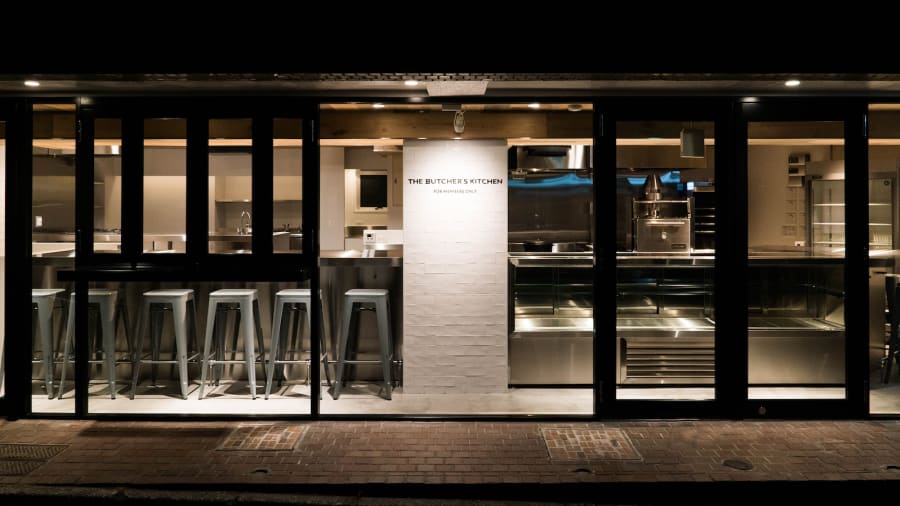

Welcoming diners such as Twitter CEO Jack Dorsey, sporting icon David Beckham and superstar musician Ed Sheeran would be enough to make any restaurateur weep with joy.
But for Hisato Hamada, the 42-year-old co-founder of Tokyo's white-hot Wagyumafia restaurant brand, which serves the world's finest cuts of Kobe beef, it's all in a day's work. Well, around a month's, to be precise.
The three headline-makers all visited Wagyumafia's The Butcher's Kitchen restaurant in the span of just a few weeks, all happily posing alongside Hamada -- and his trademark $185 Chateaubriand steak sandwich.
All of this begs the question: Is the beef really that good?
The Kobe beef served at Wagyumafia certainly has a storied history.
The word "wagyu," seen frequently on global menus, translates simply as "Japanese cattle." This broad umbrella term encompasses four official breeds: the Japanese black, the Japanese brown, the Japanese poll and the Japanese shorthorn.
The Japanese black is the most common and has three bloodlines but, among them, Tajima cattle have historically been isolated deep in the mountains, meaning they avoided cross-breeding with foreign animals.
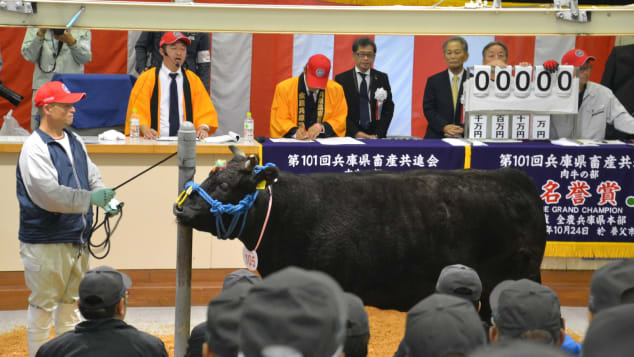
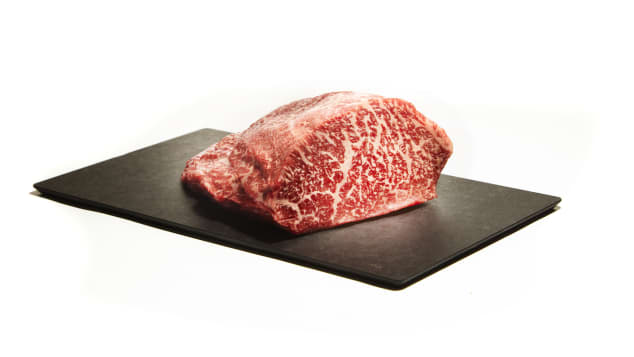
A visit to the 101st Kobe beef auction -- one of only two Kobe beef auctions in Japan -- held recently in a small village in the mountains an hour north of the city of Kobe reveals much about why the meat is so prized.
The first thing one notices is the quiet. There is almost no mooing from the dozens of calm animals, while the auction space is pretty much spotless -- and mercifully lacking in traditional farmyard odors.
The cattle have been pretty much hand-raised by local farmers on smallholdings or in barns, usually of no more than 100-150 cows, meaning that they are used to interacting with humans. As they grow, they are fed a succession of milk, milk supplements, corn and special mixes.
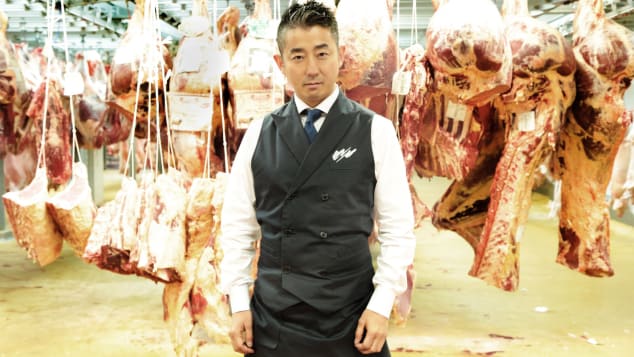
Back in Tokyo at Wagyumafia in the chic neighborhood of Akasaka, a small bronze statue of a Tajima cow certifies the authenticity of the Kobe. In fact, any restaurant serving the real deal has to be certified and have the Kobe association's official seal on display.
That includes overseas restaurants. (If you thought you'd eaten Kobe beef outside Japan before 2012, you were misled -- that's the first year a shipment was exported outside the country.)
When it comes to serving the beef, Hamada is adamant about his nose-to-tail philosophy, meaning that every part of the animal is used.
"Being a chef is about paying respect and appreciation to an animal's life," he says. "Nothing must be left over when you eat, to show respect to the animal."
He explains that his favorite way to enjoy it is grilled simply over binchotan charcoal: "No salt, no pepper, no sauce. It just doesn't need it."
Hamada and his team of chefs prepare it in a multitude of ways, from homemade beef jerky, sashimi and beef tail soup to tenderloin served with soy sauce that has been barrel-aged for eight years.